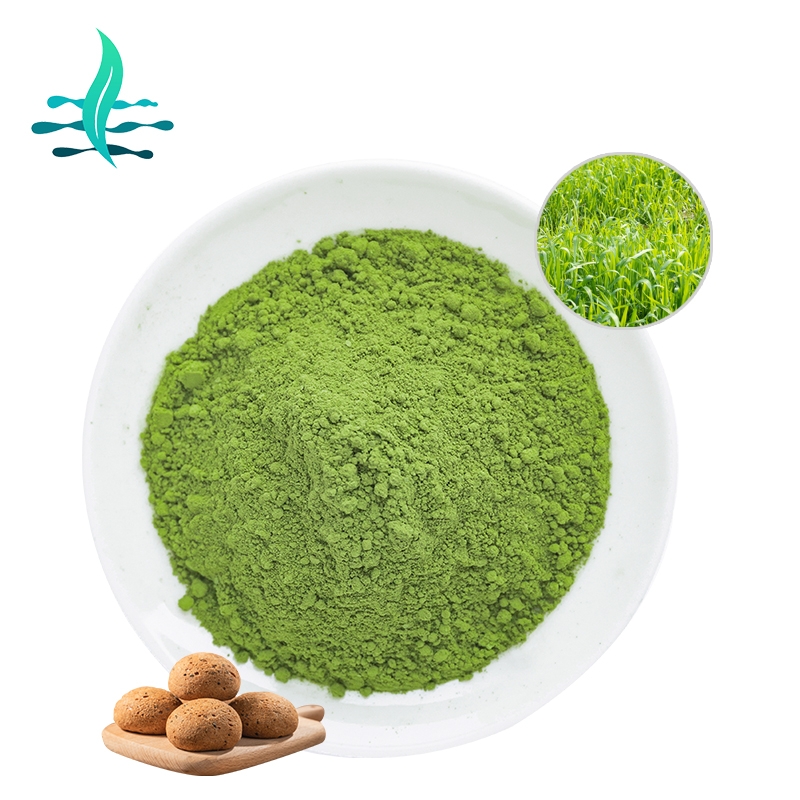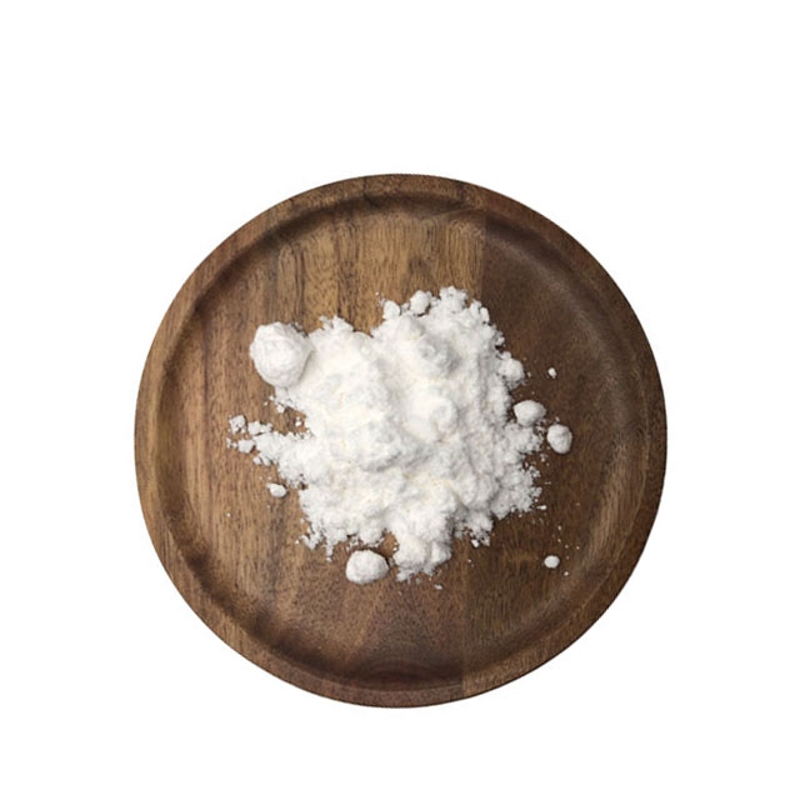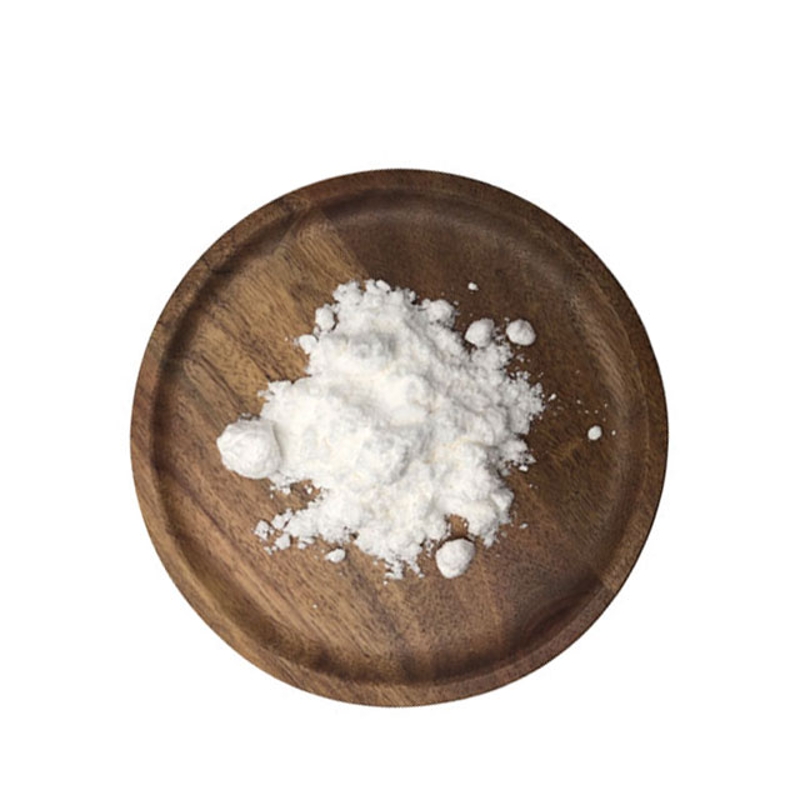The amino transfer reaction and the layer separation of amino acids in plant tissue
-
Last Update: 2021-03-08
-
Source: Internet
-
Author: User
Search more information of high quality chemicals, good prices and reliable suppliers, visit
www.echemi.com
related topicsObjective
Trans-amino action is a
biochemical
reaction common in the
birain
community, which makes
protein
,
amino acids
metabolism
communicate with carbohydrate, fat and other metabolism, to a certain extent, balance protein, fat and other generations of
Xie's role. Studying the role of plant trans-amino can make us understand one side of the metabolic
dynamics of plants at different stages of development, and thus explore ways to control their metabolism.
II, Principle
By trans-amino action, the amino acid α-amino acid may be transferred to the position of α-ketone-based, and the fruit of
forms a new α-ketone acid and a new α-amino acid. The resulting amino acids can be detected using
paper and analysis method.
, instruments and
reagents
1. Instruments:
research
thermostat
boxcentrifuge
test tube 3 layering cylinders
filter paper hair dryer pipe (0.5ml×3; 2ml×1)
capillary tube
2. Reagents:
(1)0.1M Alanine
(2) 0.1M alpha-ketone diacid (NaOH medium to pH7)
(3) ) 0.1M pH8.0
phosphate buffer containing 0.4M sucrose(4) 0.1M glutamate, 0.1-1 0.25%tritone acetone solution
(5) promoter (phenol: water: 3:1 or 4:1)
4, operation
1. preparation of enzyme solution: take the green bean sprouts 2-3 days (peeling), put in the research, plus 2
ml pH8.0 phosphoric acid buffer into a slurry, transferred to the centrifugal tube. The research is rinsed with 2 ml buffer,
into the centrifuge tube, at 8000 l/separation center for 10 minutes, take the liquid backup.
2. Enzymatic reaction: Take three test tubes, add reagents and enzymes respectively according to the table:shake well after the test tube insulation at a constant temperature of 37 degrees C for 30 minutes. After removal, add 3 drops of 30% acetic acid to terminate enzyme activity, in the boiling water bath
heat
10 minutes, so that the protein fully precipitated, after cooling centrifugation or
filtration
, take liquid or filter backup.
3. Layering: take a sheet of layering filter paper, draw a horizontal line with a pencil 2 cm from the bottom edge, and determine 5 points on-line isodes to do a sample position. Adjacent points are 2.5 cm apart. Take the above-mentioned liquid or filter and glutamate, alanine standard liquid with five capillary tubes are sampled separately. Reaction point 5-6 drops, standard liquid point 2 drops. Dry each point with a hairdryer and then order the next time. Do not point too much, spot diameter of no more than 3 mm is appropriate (5 capillary tubes do not confuse).
Put a phenolic water promoter (3:1 or 4:1) in the pan, and when the steam in the cylinder is saturated, place the filter paper vertically, spread the layer, and the edges of the paper cannot overlap or come into contact with the cylinder wall. Cover the cylinder head, when the solvent rises to 10-15 cm, carefully remove the filter paper with a pencil to draw out the solvent before the line, dry with an electric hair dryer.
4. Coloring: Spray 0.1% 3 ketone acetone solution with a sprayer, place the oven (80 degrees C) or heat the color with a hot hair dryer, at which point purple spots can be seen.
5, result analysis
sample analysis, the relative movement rate RF is commonly used to represent the position of the various groups on the stratography spectrum: Rf value and the nature of the substance to be separated there is a certain relationship, under certain conditions is constant. Identify from the layering map whether α-ketone diacin and alanine have a transamination reaction and write a reaction.
, note the
1. Do not point too much, spot diameter of no more than 3 mm is appropriate.
2. The quality of the paper is better, otherwise it is easy to bend, the layering effect is not good. when layering, and the paper edges cannot be overlapped or in contact with the cylinder wall.
This article is an English version of an article which is originally in the Chinese language on echemi.com and is provided for information purposes only.
This website makes no representation or warranty of any kind, either expressed or implied, as to the accuracy, completeness ownership or reliability of
the article or any translations thereof. If you have any concerns or complaints relating to the article, please send an email, providing a detailed
description of the concern or complaint, to
service@echemi.com. A staff member will contact you within 5 working days. Once verified, infringing content
will be removed immediately.







